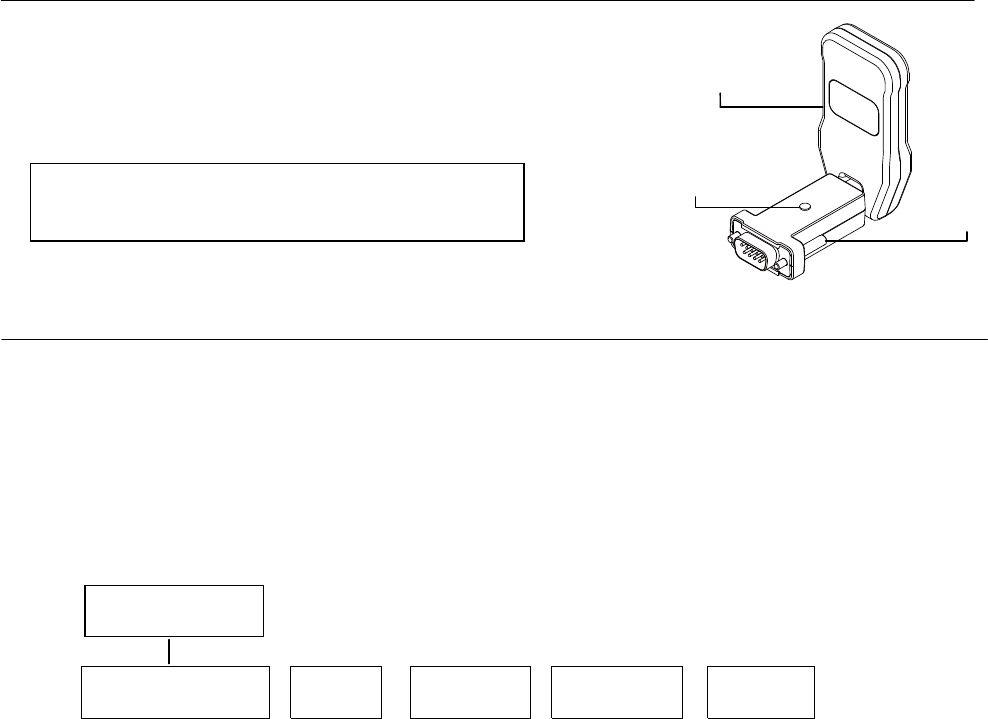TSC Auto ID Technology 2012002 Bluetooth Module User Manual BT EM01 UserMan 20120606
TSC Auto ID Technology Co., Ltd. Bluetooth Module BT EM01 UserMan 20120606
(BT-EM01) UserMan_20120606

BLUETOOTH MODULE INSTALLATION GUIDE
BT-EM01, BT-EM101
Bluetooth wireless technology is a low-power consuming way to communicate between devices. It has a
maximum range of 30 feet (10m). The Bluetooth device connects to your printer’s serial port and confirms to V2.0
+ EDR of the Bluetooth specification.
Installing the Bluetooth Device to the Printer
Please follow the steps below to install the Bluetooth device.
1. Turn off the printer power.
2. Plug in the Bluetooth device into the RS-232 port.
3. Fasten the device by two screws.
Setting the Communication Settings
For industrial printer, the RS-232 communication parameters can be configured from the LCD control panel by
the following procedures.
1. Turn on the printer power.
2. Enter the main menu.
3. Select Serial Comm. Option.
4. Make sure the communication parameters are set to 115200 bps baud rate, None parity, 8 data bits, 1
stop bit.
For desktop printer models, the RS-232 communication parameters can be setup following command
Syntax:
SET COM1 115, N, 8, 1
P/N: 39-0000-00LF
Baud Rate -- Parity -- Data Bite -- Stop Bits -- Exit
Serial Comm.
Bluetooth device
Screw
LED indicator
Note:
This RS-232 interface of Bluetooth device is used with
the printer only.
FEDERAL COMMUNICATIONS COMMISSION INTERFERENCE STATEMENT
This equipment has been tested and found to comply with the limits for a Class B digital device, pursuant to
Part 15 of the FCC Rules. These limits are designed to provide reasonable protection against harmful
interference in a residential installation. This equipment generates, uses and can radiate radio frequency
energy and, if not installed and used in accordance with the instructions, may cause harmful interference to
radio communications. However, there is no guarantee that interference will not occur in a particular
installation. If this equipment does cause harmful interference to radio or television reception, which can be
determined by turning the equipment off and on, the user is encouraged to try to correct the interference by
one or more of the following measures:
– Reorient or relocate the receiving antenna.
– Increase the separation between the equipment and receiver.
– Connect the equipment into an outlet on a circuit different from that to which the receiver is connected.
– Consult the dealer or an experienced radio/TV technician for help.
CAUTION:
Any changes or modifications not expressly approved by the party responsible for compliance could void the
user's authority to operate the equipment.
This device complies with Part 15 of the FCC Rules. Operation is subject to the following two conditions:
(1) This device may not cause harmful interference and
(2) This device must accept any interference received, including interference that may cause undesired
operation.
RF exposure warning
This equipment complies with FCC RF radiation exposure limits set forth for an uncontrolled environment. This
equipment must be installed and operated in accordance with provided instructions and must not be co-
located or operating in conjunction with any other antenna or transmitter. End-users and installers must be
provided with antenna installation instructions and transmitter operating conditions for satisfying RF exposure
compliance.